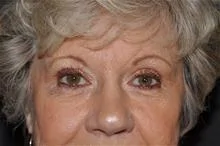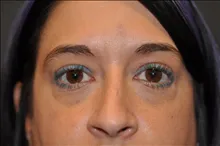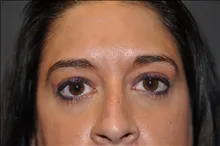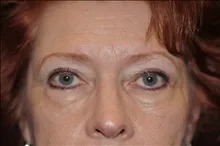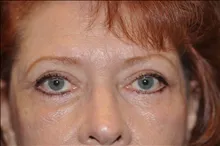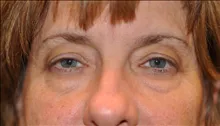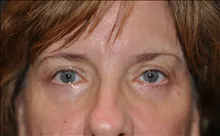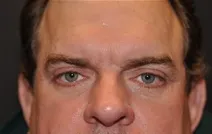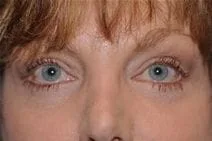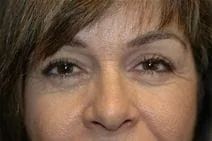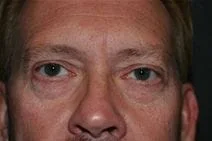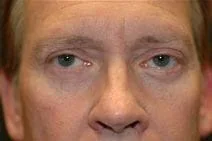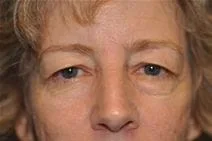Blepharoplasty
Aside from liposuction, blepharoplasty is the most commonly performed plastic surgery for men. Common concerns range from “difficulty with seeing” due to the excessive skin overhanging the upper eyelid lashes, to “I really look worn out and tired,” due to the heavy and discolored lower eyelid bags. Blepharoplasty offers a refreshened appearance, and for the more severe cases of skin excess, improvement of the field of vision. Blepharoplasty consists of 3 things: removal of skin, removal of excess fat, and tightening of the lower eyelid. The degree to which these fundamental procedures are applied is highly variable and depends on the specific anatomy of a patient. Upper and lower eyelid blepharoplasties can be done together or separately depending on the needs and goals of a patient, but most patients seeking the best overall cosmetic improvement opt for the upper and lower blepharoplasties together.
All patients are asked to have a preoperative eye exam by their ophthalmologist for routine screening. Any history of dryness of the eyes or “irritated eyes” should be brought to the attention of Dr. Lindsey, as this could change the approach to blepharoplasty, or even make it contraindicated.
Other problems often addressed at the time of blepharoplasty consultation are ectropion, or loosening of the lower eyelid such that it falls away from the globe or falls below the lower margin of the cornea, such that the white sclerae can be seen below the cornea. This is known as ectropion of the lower eyelid, which most often occurs in older patients. Correction of this involves tightening of the lower eyelid, or canthopexy. More severe cases require additional tightening of the lower eyelid, or canthoplasty. Canthopexy and canthoplasty are both done at the time of blepharoplasty.
Another problem often addressed at the time of blepharoplasty consultation is upper eyelid ptosis, or sleepy upper eyelid (bedroom eyes). This is often due to the stretching or attenuation of the levator muscle, which raises the upper eyelid upwards. Sometimes the degree of stretching allows the eyelid to fall enough to get in the way of the visual axis. A ptotic upper eyelid on one side and not the other contributes to an unbalanced appearance. Eyelid ptosis is a correctable problem; however, the approach is not the same as for a standard blepharoplasty.
Whether cosmetic blepharoplasty, ectropion repair or ptosis correction, eyelid surgery requires an incision in the fold of the upper eyelid (for upper eyelid procedures) and a second incision below the eyelashes of the lower eyelid (for lower eyelid procedures). Examples of typical patients can be seen in the photo gallery on this website.
Blepharoplasty is a high-precision surgery. The duration of surgery is relatively short – 1 hour for upper blepharoplasties and 2 hours for both upper and lower blepharoplasties. Aftercare is straightforward, and is essentially painless, particularly if postoperative instructions regarding lubrication and cold compresses are followed. Specific postoperative instructions can be found under the postoperative instructions section of this website. For patients with sedentary jobs, 1 week off is usually sufficient. For patient with manual or more “hands on” jobs, 2 weeks off may be required. Substantial cosmetic improvement is usually evident at 2 weeks postoperatively, and any slight residual bruising can usually be well-camouflaged with makeup at that time.
There is no substitute for an in-person consultation with Dr. Lindsey. Depending on the degree of symptomatology and the physical findings, eyelid surgery can sometimes be covered on your insurance plan. In order to get insurance coverage, visual field testing from your ophthalmologist is often required.


